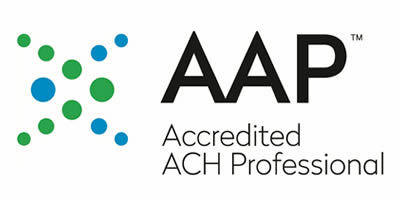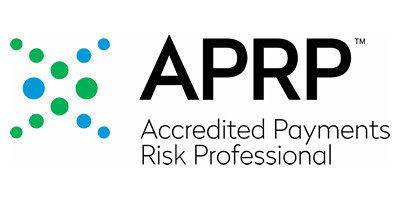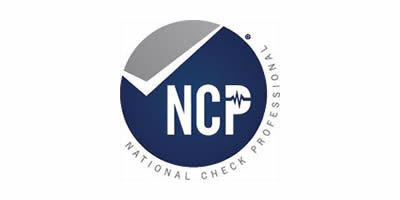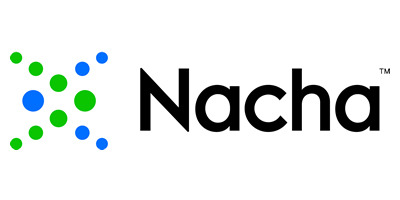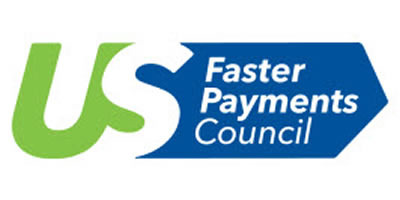Complete Story
Safely and Securely Meeting Need for Online Account Opening
The Center for Payments' Digitizing Payments Study
By Sean Carter, President & CEO, NEACH and Center for Payments Market Intelligence Co-Chair
COVID-19 has accelerated the digitization of many financial services, including online account opening. According to the Center for Payments’ latest national market study, Digitizing Payments: The Online Account Opening Experience, it is one of the fastest growing services being added to financial institutions’ suite of offerings: 36 percent of responding financial institutions added the service or accelerated its implementation because of COVID-19. As a result of this rapid growth, 52 percent of responding financial institutions now offer online account opening.
While the majority of financial institutions participating in the survey offer online account opening, a large percentage still do not. Those that don’t offer it point to risk (i.e., fraud, money laundering, etc.) as the primary factor in not offering the service. Other reasons include system or technology limitations (19 percent); cost (19 percent); and staff resources (18 percent.)
Despite risk and fraud being the foremost concern for financial institutions regarding online account opening, the actual occurrence of fraud is small. According to the study, on average only 1.9 percent of all online accounts opened between November 2019 and November 2020 were suspected as fraudulent; only 0.9 percent were confirmed fraudulent account openings among survey participants. Of those participants that experienced fraud due to online account openings, financial institutions cited impersonated authorized party fraud (31 percent); digital payment fraud (24 percent); and counterfeit fraud (22 percent) as the most frequent.
Financial institutions keep fraud at bay by proactively implementing strategic risk mitigation measures. For example, nearly 70 percent of responding organizations limit online account opening to a geographic footprint. Fifty-six percent of responding institutions place dollar limits on transactions. Eighty-seven percent of responding financial institutions suspend or don’t open account when an account holder fails validation or authentication.
The study also revealed there are additional approaches financial institutions can take to further reduce risk and the incidence of fraud related to online account opening. First, institutions can require extra steps beyond Customer Identification Program (CIP) procedures to verify account ownership in all circumstances. Currently, only 40 percent require these enhanced measures regardless of risk condition. Additionally, financial institutions can place a hold on initial account funding payments via ACH to help ensure they are good. Today, 55 percent of responding organizations report that there is no hold if initial funding happens via ACH. Finally, financial institutions can institute different ongoing monitoring processes and procedures for new account holder accounts. More than 70 percent of responding organizations have the same monitoring processes in place for new accounts as they do for existing account holder accounts.
What the latest Center for Payments™ study shows is that services like online account opening are here to stay, as customers’ and members’ new expectations will most certainly live on after the COVID pandemic has waned. In addition, the study shows that these digital services can be administered in a way that is safe for consumers and financial institutions. By establishing the appropriate measures to mitigate risk with online account opening, financial institutions can offer the services customers and members want and need, while enjoying an advantage that will continue to set them apart from competitors.
Payment Associations can provide their members with the necessary knowledge and tools to help them for the future. The Center for Payments, a collaborative group of Payments Associations, will continue to provide financial institutions with the resources to plan for a more digital post-COVID existence.


